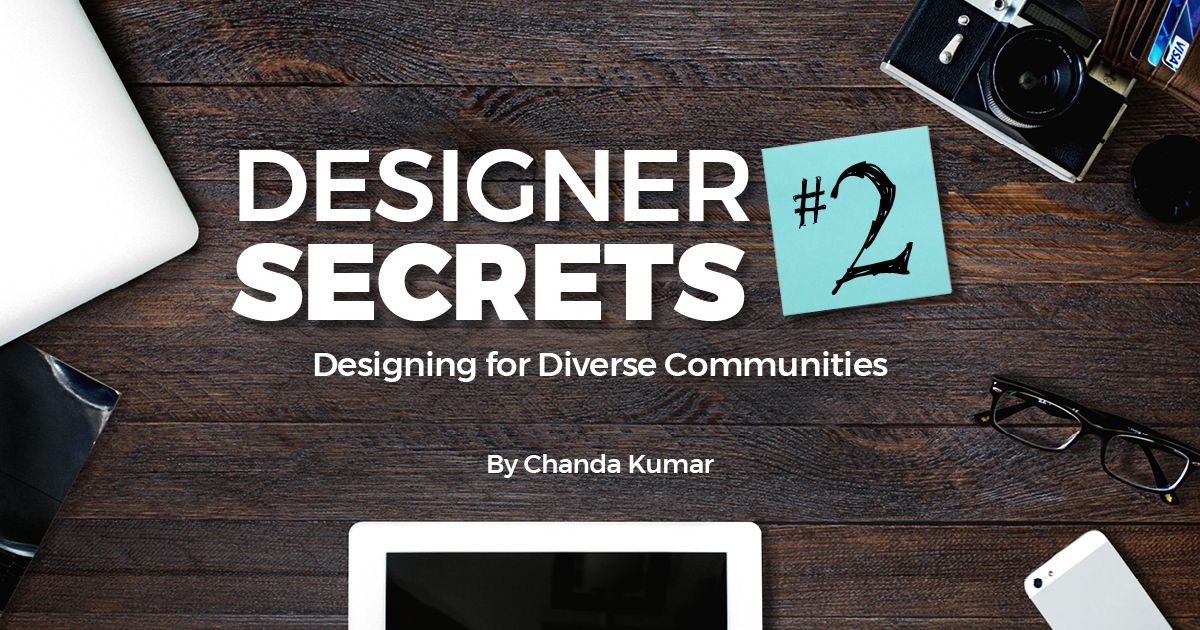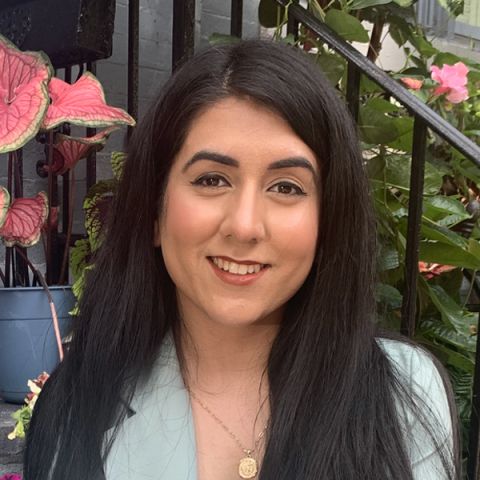It’s the golden rule of any product or campaign: always design with the user in mind. Social movements (like Black Lives Matter and Stop Asian Hate) are changing how they experience the marketing they come across every day. They’re more aware—and critical of—brands rooted in racism and campaign missteps. This is a necessary step on the path to inclusivity and erasing harmful stereotypes. So, when planning your next marketing campaign, think about these three secrets on designing for diverse communities.
1. Consider Your Colors
Colors have strong emotional ties, and these ties can vary depending on community or culture. For example, in many Asian cultures, red symbolizes luck and celebration, but in many Middle Eastern cultures, red means danger and caution. In much of Eastern Europe, red is still tied politically to communism. Do your research and learn about how your audience’s culture might influence their perceptions.
Tip: This article by Thought Co. does a great job breaking down color symbolism by region.
Colors can also be limiting if they are inaccessible to people with disabilities. Color blindness affects approximately 1 in 12 men (8%) and 1 in 200 women in the world. Make sure that there is a high contrast among design elements so that they are as visible as possible and meet accessibility criteria.
Tip: Following guidelines for 508 compliance is a great start.
2. Use Inclusive Imagery
Take a close look at the photography or iconography in your design. Will your audience relate to the people in the imagery you have chosen? If you want to connect with a diverse audience, your representation of them should be just as diverse. Look for images of people of different racial and ethnic backgrounds, body types, identities, and abilities. If you are marketing to all genders, use gender-neutral iconography.
Tip: Think about your audience’s possible circumstances and life experiences to inform your imagery choices.
3. Mind Your Words
Be mindful of the language you use in your campaign. Here are a few grammatical rules to help you with this:
- Use person-first language. Rather than saying “a blind man,” say “a man who is blind.” Replace phrases like “poor person” with “person experiencing poverty”.
- For disabilities, avoid language that suggests victimhood like “victim of,” “suffers from,” or “confined to a wheelchair.” Instead, just say “living with,” “diagnosed with,” or “uses a wheelchair.”
- Use they/them when writing to all genders and replace phrases like “ladies and gentlemen” with “colleagues” or “all assembled.”
- Use BIPOC (black, indigenous, person of color) as an umbrella term to describe all people of color (anyone who is not white). Otherwise, if referring to race or nationality just refer to someone’s race or nationality: like “Black business owners,” “Indian women,” or “Japanese families.” (Also, when referring to Black as a race the word is capitalized).
Tip: If you aren’t sure, don’t be afraid to ask! There are many great organizations with guides on inclusive language. Check out this guide by Rider University.
Inclusivity makes your audience feel respected, connects them to your brand, and shows your brand’s values. Want to know how your next campaign can connect with diverse audiences? Contact LMD.

